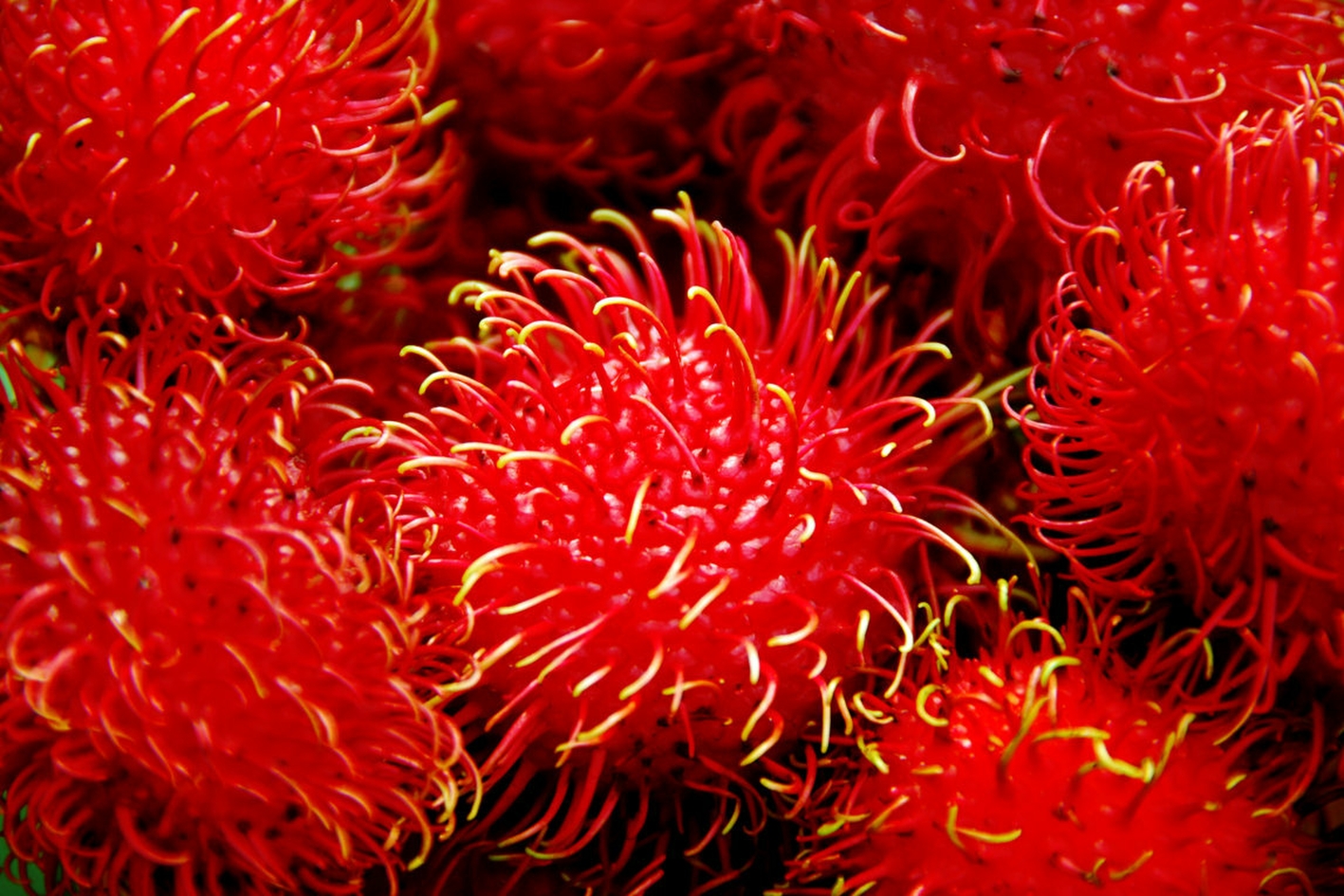
A taste of southeast Asia's tropical bounty
" Beyond its irresistible flavour, the rambutan offers a plethora of health benefits "
In the lush landscapes of Southeast Asia, nestled among the verdant foliage, hangs a fruit as captivating as it is delicious - the rambutan. Native to the region, this tropical gem is renowned for its luscious sweetness and distinctive appearance, featuring a hairy outer skin reminiscent of the lychee. Let's peel back the layers of mystery surrounding the rambutan and discover its delectable secrets.
The rambutan, scientifically known as Nephelium lappaceum, traces its roots back to Southeast Asia, where it has been cultivated for centuries. Countries such as Thailand, Indonesia, Malaysia, and the Philippines are among the primary producers of this exotic fruit. Its name is derived from the Malay word “rambut” meaning hair, which aptly describes its hairy outer shell.
At first glance, the rambutan may bear a striking resemblance to the lychee, with its rough, spiky exterior. However, upon closer inspection, its unique features begin to shine through. Peeling away the hairy skin reveals a translucent, juicy flesh encasing a single seed. The flesh boasts a delicate sweetness with subtle floral notes, making it a delightful treat for the taste buds.
Beyond its irresistible flavour, the rambutan offers a plethora of health benefits. Rich in vitamins C and A, as well as antioxidants, this tropical fruit supports immune function, promotes healthy skin, and may aid in combating oxidative stress. Additionally, it contains essential minerals such as potassium, iron, and calcium, contributing to overall well-being and vitality.
In the culinary landscape of Southeast Asia, the rambutan holds a special place, featuring prominently in both sweet and savoury dishes. It is often enjoyed fresh as a snack or dessert, added to fruit salads, or used as a garnish for cocktails and desserts. In some cultures, the seeds are roasted and consumed as a crunchy snack. Moreover, the rambutan's vibrant appearance and refreshing flavour make it a popular ingredient in tropical fruit jams, jellies, and preserves.
As global demand for exotic fruits like the rambutan continues to rise, sustainable farming practices are essential to ensure the longevity of its cultivation. Efforts to promote responsible agriculture, including organic farming methods and fair trade practices, help support local communities while preserving the natural ecosystems where rambutan trees thrive.
In the world of tropical fruits, the rambutan shines as a true gem, captivating with its unique appearance and irresistible flavour. Whether savoured fresh, incorporated into culinary creations, or enjoyed as part of a healthy diet, the rambutan invites all who taste it to experience the bounty of Southeast Asia's lush landscapes and vibrant culture.
When you encounter this hairy wonder, dare to indulge and discover the joy of the rambutan firsthand.
Prepared by a Chaîne News Online Staff Writer
Researched from various sources. E&OE